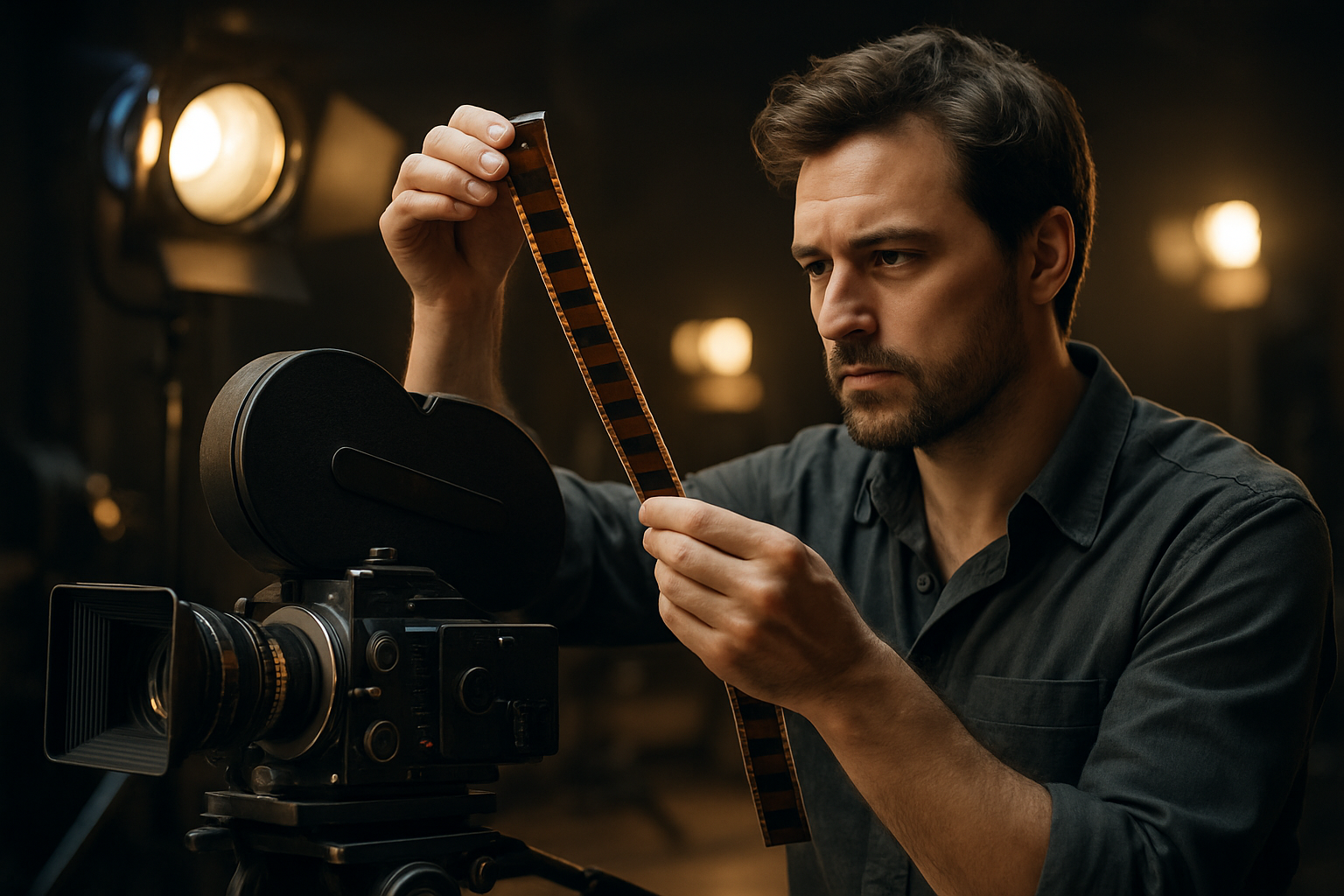Adapting Techniques for Mobile and Mirrorless Systems
Mobile phones and mirrorless cameras share many photographic goals but require different techniques to get consistent results. This article explains practical adjustments in composition, lighting, exposure, editing, and workflow so photographers can translate skills between devices. Whether refining portrait approaches, capturing landscapes, or organizing a portfolio for business use, understanding system-specific options helps create reliable images and efficient processes across mobile and mirrorless setups.

How does composition adapt between mobile and mirrorless?
Composition principles—balance, leading lines, rule of thirds—stay constant across devices, but the tools you use to apply them differ. Mobile systems often use wider default fields of view and fixed or limited focal options, so move your feet, use negative space, and account for edge distortion. Mirrorless cameras give more focal-length choice and control over depth of field, enabling tighter framing and selective subject isolation. Adjust your technique for each system: favor tighter crops and lens choice on mirrorless, and emphasize strong foreground elements and simpler layouts on mobile to avoid clutter.
How to manage lighting and exposure across systems?
Lighting fundamentals apply regardless of gear: direction, quality, and contrast shape an image. Mirrorless cameras typically offer broader dynamic range and better low-light capability, so you can work with subtler light or lower ISO. Mobile phones rely heavily on computational photography, including automatic HDR and multi-frame blending; learn when to let the phone’s algorithms act and when to use manual exposure controls or exposure lock. For both systems, practice metering techniques—spot, center-weighted, or evaluative—and learn to expose for highlights to preserve detail during editing.
What editing and workflow changes improve results?
Editing workflows differ by device but should aim for consistent visual outcomes. Shoot RAW on mirrorless and, where possible, enable RAW/DNG capture on mobile to retain latitude for exposure and color adjustments. Use mobile apps for quick on-device edits and desktop software for deeper color grading, retouching, and batch processing. Organize files with a clear folder structure, keyword tags, and backups to cloud storage. Create export presets for web, social, and print sizes to speed delivery. A streamlined workflow reduces time from capture to portfolio-ready images and supports professional business practices.
How to shoot portrait and landscape on mobile and mirrorless?
Portraits benefit from control over background separation and focus. Mirrorless systems allow wide apertures and longer focal lengths for pronounced bokeh, while mobile portraits often rely on pseudo-depth effects and careful subject-to-background distance. For landscapes, use the wide fields of view available on many phones but watch for edge softness and distortions; mirrorless cameras let you stitch panoramas or use high-resolution sensors for detailed prints. In both genres, consider tripod use, polarizing filters (or app-based filters for mobile), and careful composition to emphasize scale and mood.
What mobile-specific technique and gear improve outcomes?
Mobile photography can be elevated with simple accessories and adjusted technique. Use small tripods or clamps for steady long exposures, attachable lens kits for macro and telephoto reach, and external microphones for multimedia projects. Stabilization—either in-device or via gimbals—helps maintain sharpness when shooting handheld. Learn app settings like manual focus, exposure compensation, and white balance overrides to counteract aggressive automatic processing. These practical steps expand creative control while keeping the portability advantages of mobile devices.
How can workflow and portfolio choices support business goals?
A reliable workflow underpins professional presentation and client delivery. Standardize naming conventions, create curated galleries for portrait and landscape work, and maintain both web-optimized and high-resolution masters for print or licensing. Use consistent color management and export presets so images reproduce predictably across platforms. For business-facing tasks, document usage rights, model releases, and simple contracts to clarify expectations. Present a balanced portfolio that reflects your technique across mobile and mirrorless images, demonstrating adaptability to client needs without overstating equipment capabilities.
Conclusion
Adapting techniques between mobile and mirrorless systems is about translating core photographic knowledge into device-specific actions. Composition, lighting, and exposure principles provide the foundation, while editing choices and workflow refine the final result. Emphasize consistent visual goals, experiment with each system’s strengths, and build processes that support both creative work and business requirements. With deliberate practice and organized workflows, photographers can produce cohesive portfolios and reliable outcomes across varied equipment.






